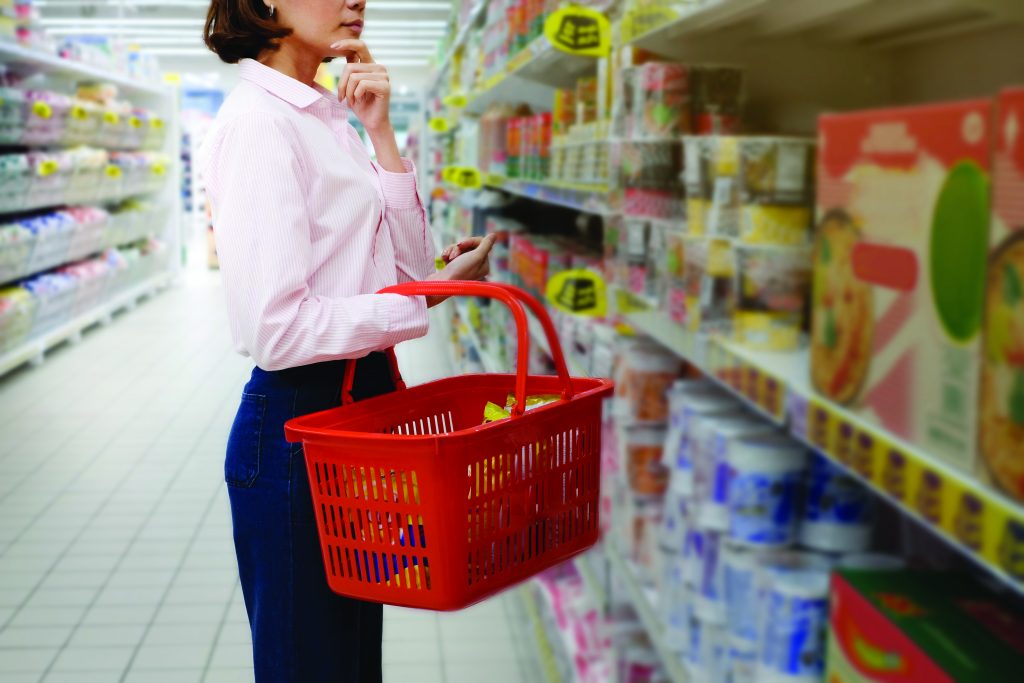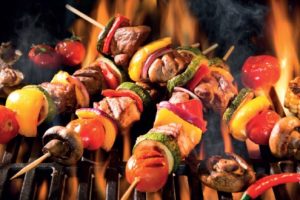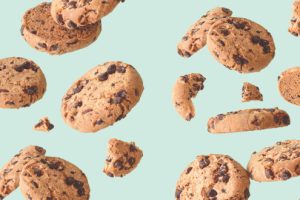Now that virtually all social distancing restrictions have been lifted, this trend has stagnated somewhat, but retailers can still make their stores a destination for essential grocery items.
Allison Wallentin, convenience category manager at Saputo Dairy UK, owner of the Cathedral City brand, says that with almost two-thirds of people choosing to shop closer to home in 2020 and nine in 10 of those planning to keep doing so after restrictions end, the opportunity for convenience retailers to retain and even grow consumer spending is clear.
Customer loyalty
The top-up shop is the number one mission in convenience, Wallentin says, contributing a 29% share of visits to stores over the past year.
Ross Stoddart, format proposition manager at Spar UK, says: “It is important for retailers to meet the top-up needs of their customers, as this will help improve customer loyalty, particularly in neighbourhood stores. Catering for range breadth before depth is crucial.”
One of the biggest staples is bread. Paul Baker, co-founder of St Pierre Groupe, says sales of sliced bread are growing by 2%, with the company’s Baker Street sliced white loaf up by 5% compared with last year and its sliced brown loaf up by 3%.
Staple products
Hot beverages are also staple products in convenience. For the top-up mission, Parminder Walia, category development manager for Tetley, recommends smaller packs of 40 bags, while for planned grocery missions she says retailers should stock packs of 80.
Everyday black teas top the list of purchases, she says, but a desire to live more healthily is creating sales opportunities for a broader range. “In time, we think non-black tea sales such as green, fruit and herbal, and rooibos will match or even outpace everyday black sales, so it makes sense to pave the way for future sales and capitalise on current and future trends.”
There has also been a strong rise in single-serve coffee, which Hannah Morris, category team leader at Jacobs Douwe Egberts, says has a 20% share of total coffee sales.
To help shoppers access the tea and coffee category while on a top-up shop, retailers should group tea, coffee and sugar/sweeteners together, as well as signposting leading brands, she adds.
Alongside store-cupboard staples, shoppers are on the lookout for convenience foods, with demand having been boosted by the pandemic.
Naomi Tinkler, category controller at McCain, says this has increased consumer appreciation of frozen food.
With a return to ‘normality’ in the pipeline, she says family favourites and the importance of having a ‘meal for tonight’ in reach in the fridge or freezer will increase the significance of top-up missions at independent stores.
Tinkler says: “McCain products, such as our family favourites Home Chips and Wedges, make ideal top-up choices. With long shelf-lives and last-minute meal solutions, frozen items provide easy convenience.”
Demand for convenient cheese formats also continues to show strong growth. Neil Stewart, cheese marketing controller at Saputo Dairy, says 16% of consumers cite convenience as one of their main reasons for buying cheese.
The product was the number four sandwich filling in 2020, while cheese on toast and cheese toasties were dubbed the “nation’s favourite lockdown snacks”. These occasions are the biggest contributors to the growth of sliced cheese.
Biggest challenges
Staying competitive with supermarkets, especially now shoppers feel more confident to return to larger stores, is one of the biggest challenges faced by the convenience sector.
Mike Buckland, marketing controller at Highland Spring, says this is partly due to consumer perception that supermarkets have a better selection and are cheaper than corner shops.
Therefore, he advises retailers to stock household names popular with consumers when doing top-up shops, as well as products that demonstrate value.
Matt Collins, trading director at KP Snacks, says promotions and merchandising will continue to play a key role in offering value to shoppers. He says £1 price-marked packs have seen significant growth in the last few years, currently up by 9%, and this format will stay increasingly relevant even post-pandemic as shoppers return to ‘little and often’ top-up shops.
“Retailers and manufacturers should use price-marked packs – especially £1 formats, which are highly versatile – and other promotional offers to create value, utilising brand strength to heighten appeal and awareness.
“This will also help them retain the shopper loyalty they have gained throughout the pandemic.” These formats are also popular with retailers, he says, with 83% saying they sell faster than plain packs and 82% stocking them to stay competitive.
 Talking Retail Grocery and product news for independent retailers
Talking Retail Grocery and product news for independent retailers






